 Editor’s note: Max Wolff is an economist and investment strategist who is the managing partner and chief economist at Manhattan Venture Partners. Previously, he has served as the chief economist at a leading financial technology and investment firm.
Editor’s note: Max Wolff is an economist and investment strategist who is the managing partner and chief economist at Manhattan Venture Partners. Previously, he has served as the chief economist at a leading financial technology and investment firm.
Many high-flying companies are pushing logistics, services, and
payment options to our new “sharing economy.” We see these firms and
sectors as largely driven by macroeconomic trends.
The American middle class is in steep decline, which has been true
for 3-4 decades but accelerated rapidly after 2008. Converging U.S. and
global macroeconomic change has created a millennial generation in
fierce competition for opportunity and armed with the Internet in the
search to reduce costs, find income and get ahead. Inter-generationally,
there are more mice, the mice are more hungry, and there is less cheese
in life’s maze.
Competition has increased as global barriers and technology change
have added mice into the maze more rapidly than new cheese has been
introduced.
Enter the “sharing economy.”
The sharing part of the sharing economy involves using the mobile
Internet to offer your property or labor to people who want to
substitute your efforts or you’re owned, rented or borrowed house,
apartment, car, bike for a traditional rental offering. This is likely
to subsidize or smooth the day, job, trip and ride of the buyer and
offers to add a few dollars to the coffers of the sharer. Likely, the
pool of folks trying to sell labor and rent their stuff will quickly
exceed the demand for services. There tend to be more servants than
masters in an economy with rising income inequality.
Coordinating piece work online or with mobile apps streamlines what
economists have studied and called “putting out systems” for 200 years.
These systems are widely credited with helping Western Europe transition
to capitalism from feudalism.
The sharing economy is part reality and part feel-good gloss and nod
in the direction of possible future outcomes. Folks love and use Uber,
Lyft, Via, Gett, Kuaidi Dache, Didi Dache, Ola, Easy Taxi…. because many
folks need and want to make more money and other folks are looking to
save on the costs of getting around, or have someone else do the work,
pay the cost and take the risk.
It is not clear that drivers are major beneficiaries in many cases.
The deregulatory adventurism that defines the space is undermining
traditional limits on the number of drivers offering services. Take
rates in the 25 percent range mean that 25 percent of total revenue
vanishes off the top and drivers are left to pay for gas, insurance,
cars, taxes, tickets with 75 percent of gross revenues. Recent work by
SherpaShare strongly suggests that, while initial incomes can increase,
long-term earnings are often at or below traditional compensation
structures with greater risk assumed.
There are few employees and thus, few traditional employee
protections. Instead all compete against all to be small individual
sellers of labor or renters of leased and financed property. Sounds like
the 19th century? It does if you know some economic history.
Long term, investor excitement around these companies suggests that
sharing economy models will increase profits while shifting consumption
patterns to allow the newly less affluent to purchase fewer goods but,
to buy, less expensive services. There is real value created. Selling
services into the sharing economy will be under constant price pressure
while consumers will save. We will see an economic evolution further
toward buyers of labor and further away from sellers of labor.
Airbnb works as well as it does because professionals, particularly
in global cities with crushing rents, need and want to afford to live
near where they work in exciting culture and innovation centers. Thus,
the supply and demand of apartments, rides and delivery services is the
simple expression of less time, less money and frenetic mobile lives and
schedules.
These companies are the incorporated clearinghouses of changing
global macroeconomic realities. Our interest in and understanding of
these businesses comes into focus using a macroeconomic lens. Lodging,
transportation and food are leading costs faced by most. Unbundling
purchases and turning many underemployed or underpaid people into part
time contractors/providers of goods and services makes sense as a coping
mechanism for those stressed by shifting macro realities.
Floods of new folks selling into these markets will pressure prices
downward. Platform, data and access control from a few large
corporations will allow high take rates to survive. This will contribute
to yawning income and wealth differentials. The transformation of
employees into independent contractors removes traditional benefit
provision and worker protections from the mix. As new strains arise so
too will new challenges to various sharing economy compensation
relationships.
Around the world there is an emerging middle and upper middle class
that is native mobile. Global millennials are already drivers of many
technologies and extensive disruption. As large as this group looms in
U.S. discussions, the world is much younger and more millennial than the
US. Globally, there are over 2.3 billion people under 20 years of age.
The younger emerging global middle has rising resources and wants
services from the vast population with less means. Driver services,
delivery services, food preparation and hospitality being dispatched and
coordinated by apps is simply the rising middle class of the developing
world in the process of going mobile. The precarious new middle is
accustomed to servants and service provision and also to being servants
and service providers.
The sharing economy may further accelerate the rise of emerging middle classes and decline of developed economy middle classes.
Markets are huge, global and fast evolving as the falling middle
class of the developed world separates into consumers and producers that
need to work harder, longer, more hours to make fraying ends meet. This
vast tide is combining with rising developing country middle classes.
Global macro is the lens through which we see these opportunities. Macro
trends are fueling the sharing economy and are also contributing to the
rise of developing middle classes and the declines in some developed
middle classes.
Globalization of Service Arrangement
Needs and people can be matched on mobile apps as never before. Two
billion global webizens, and counting, are online. Online increasingly
means mobile devices such as smartphones and smart features on
traditional phones.
Google and Apple offer the world through their respective app stores.
Billions will soon have access to these stores and a billion already
do. Freemium business models and ad-supported services have lowered
costs and allowed bottom billions to consume free information, games, do
some basic financial transactions and offer their labor and property as
services.
The rapid globalization and size of the addressable market are
functions of macro trends in the price of basic smartphones,
urbanization and the rise of cash wages and markets. The vast majority
of people in the urbanized developing world need to sell labor services
where the crowds with money are accumulating.
The increasingly frail and precarious developed world middle class
needs to capture any and all revenue it can to stave off poverty. The
crowds are on the mobile web and app based extra money opportunities
sing an irresistible siren song. Mobile e-commerce is driving labor
services online. The small number of platforms and apps directing demand
traffic will have huge leverage and take home serious revenue from the
hordes trying to supplement or earn a living selling into perennially
well-supplied markets.

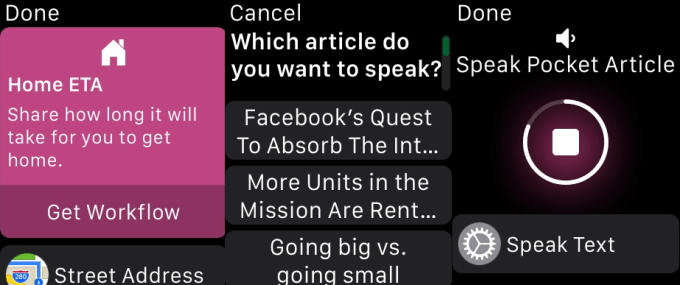
 Editor’s note: Max Wolff is an economist and investment strategist who is the managing partner and chief economist at
Editor’s note: Max Wolff is an economist and investment strategist who is the managing partner and chief economist at 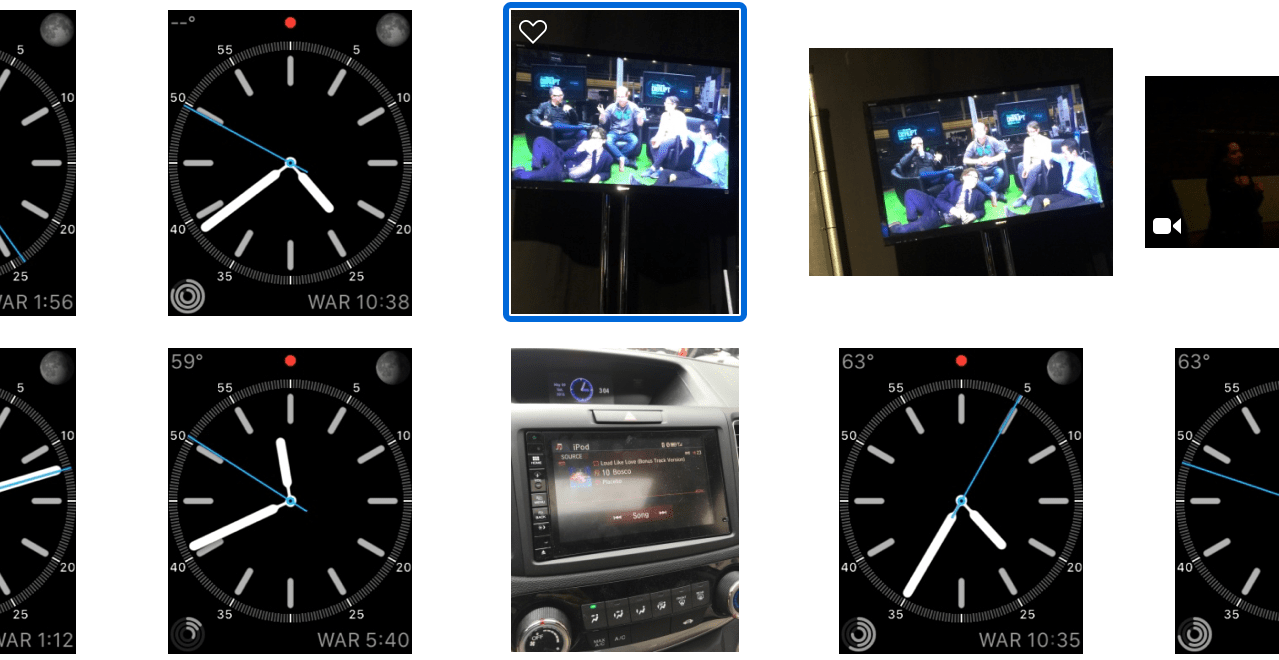
 Editor’s note: David Klein is the CEO and co-founder of
Editor’s note: David Klein is the CEO and co-founder of 
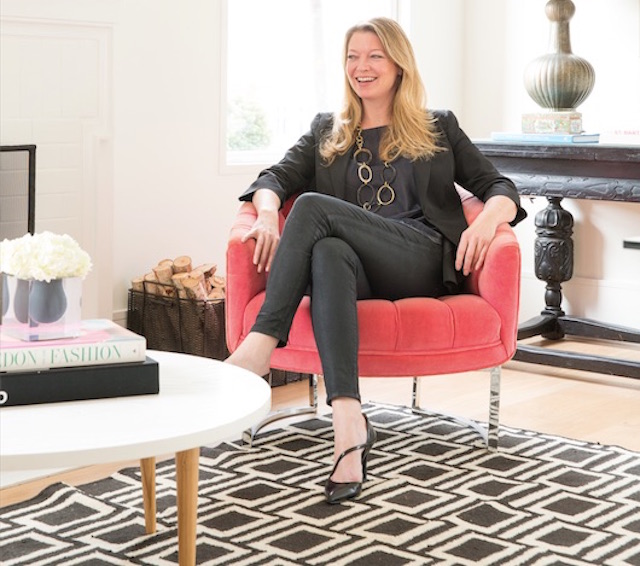 Design startup
Design startup 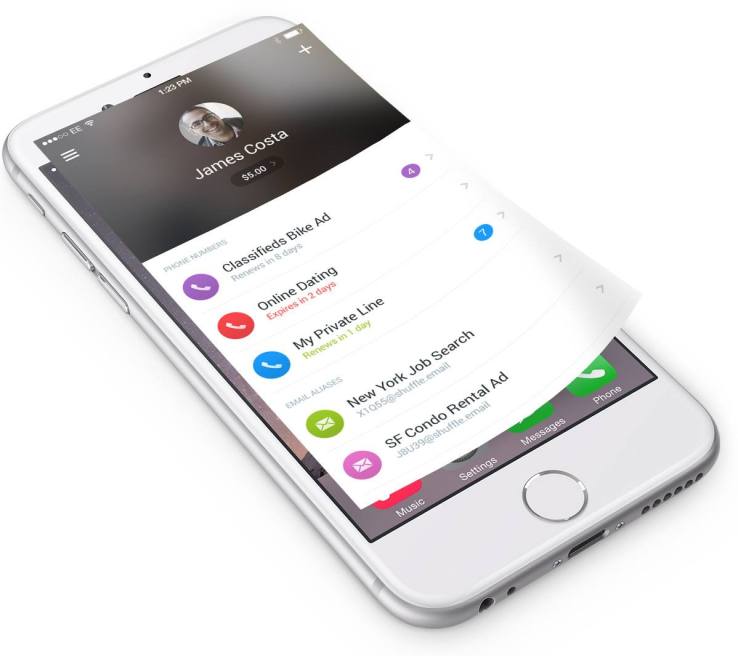 A new mobile app called
A new mobile app called 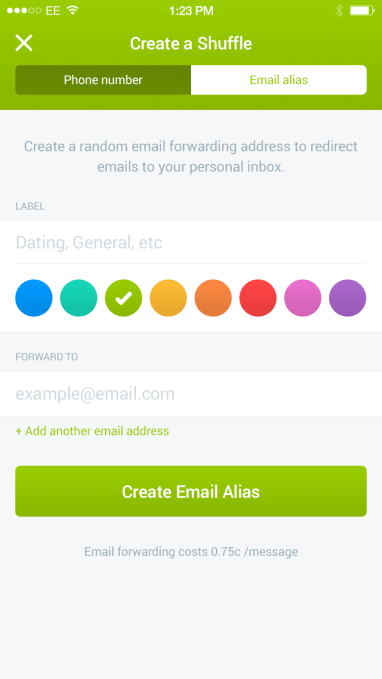
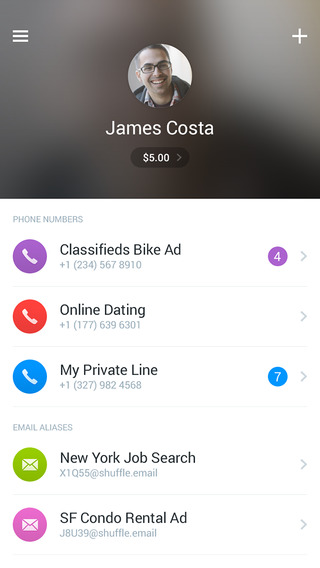





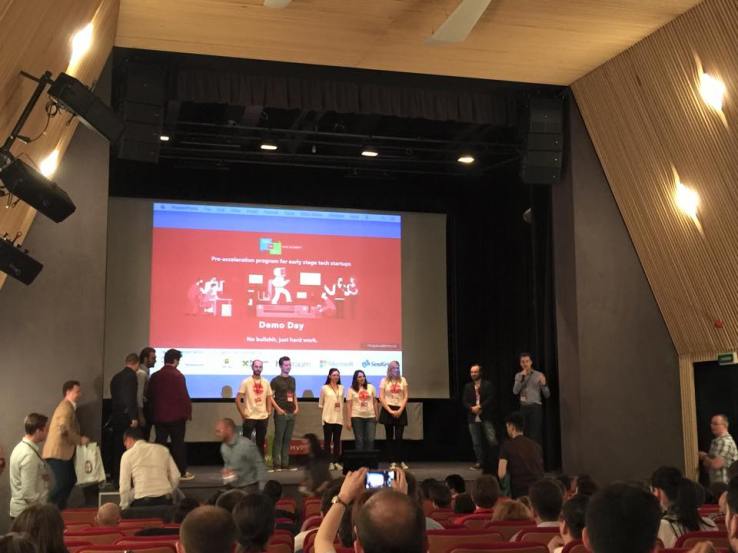 For the last seven weeks, the non-profit accelerator ‘
For the last seven weeks, the non-profit accelerator ‘ Editor’s note:
Editor’s note: 






